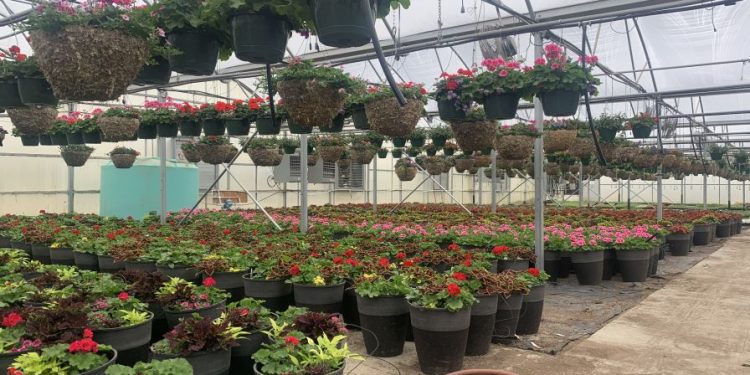#GreenhouseEnergy #EnergyMonitoring #AgriculturalTechnology #Sustainability #ProfitMaximization #Data-DrivenAgriculture #SmartFarming #EnergyEfficiency #AgriculturalInnovation #GreenhouseManagement
In the modern era of data-driven decision-making, smart technology has permeated every aspect of our lives. From monitoring our health to optimizing our daily commutes, technology has proven its worth. For farmers, agronomists, agricultural engineers, and farm owners, this wave of innovation extends to the heart of agriculture: the greenhouse. In the agricultural sector, energy consumption, accounting for up to 60% of greenhouse operating costs, is a crucial concern. In this article, we explore how greenhouse energy monitoring, through innovative technologies and strategies, can revolutionize the agricultural landscape, significantly boosting profits and sustainability efforts.
Energy Sink: Understanding the Basics Traditionally, energy consumption in greenhouses has been monitored using monthly utility bills, focusing primarily on the total cost. However, discerning growers delve deeper. By understanding rate structures and usage patterns, businesses can optimize their energy expenditure. Rates for electricity and natural gas, measured in $/kWh and $/therm respectively, and rates for demand, measured in $/kW, play a pivotal role. By aligning their facilities with the most cost-effective rates, greenhouse managers can save significantly.
Additionally, tools like online dashboards provided by some utilities empower businesses to analyze trends, facilitating informed decisions. Real-time monitoring coupled with historical data can flag anomalies, enabling quick response and issue resolution, thus preventing unnecessary costs.
Meter Made: Real-time Energy Monitoring for Enhanced Performance Innovative technology providers have stepped up, offering solutions that monitor energy consumption in real-time. Companies like Microclimates provide growers with unparalleled visibility into their energy usage. By monitoring individual zones, from equipment to circuits, growers can strategize and optimize effectively. Smart algorithms facilitate fault detection and diagnostics, minimizing risks and ensuring operational efficiency.
Screen Queen: Curtailing Energy Consumption with Smart Curtains Curtain systems and HVAC equipment, often overlooked, present untapped potential for energy conservation. Providers like Ludvig Svensson offer Energy Monitor modules that visualize financial savings and recommend energy-efficient strategies. By leveraging live and historical data, growers can focus on their plants while automated recommendations handle energy optimization, resulting in substantial cost reductions.
Big Data: Maximizing Profits with In-Depth Analysis Data from energy monitoring systems, especially concerning HVAC equipment, is invaluable. Heating, a significant operating cost, can account for 70% to 80% of annual energy usage. Energy monitoring, constituting more than 10% of greenhouse grower sales, emerges as a game-changer. By collaborating with specialized energy engineers and professionals, businesses can implement fault detection and diagnostics, make operational adjustments, and even secure rebates for efficiency projects, thereby maximizing profits and sustainability efforts.
In the evolving landscape of agriculture, embracing greenhouse energy monitoring is not just an option; it’s a necessity. By leveraging cutting-edge technologies and understanding the nuances of energy consumption, growers can optimize their operations, minimize costs, and bolster profitability. Real-time monitoring, coupled with data-driven insights, empowers agricultural professionals to make informed decisions, ensuring the sustainability of their businesses and the environment.










